Idea by
Emmanuelle Chiappone-Piriou
Call for ideas 2016
Black Swans
Black Swans
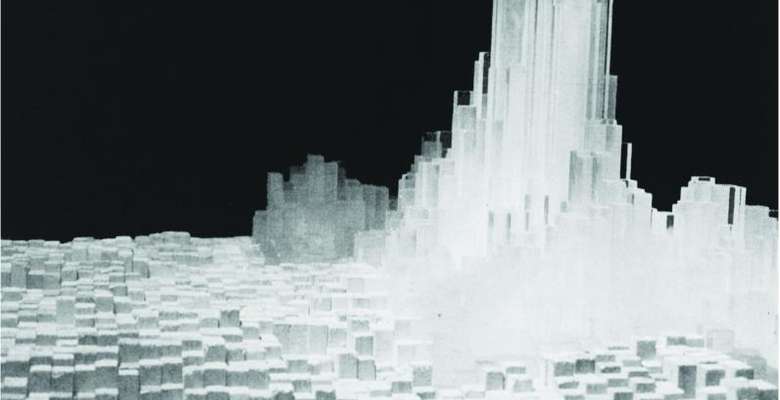
The 20th Century positivistic belief in progress is long-gone, and with it the prescriptive models offered by avant-garde, modernity, and post WW2 “prospective and futurologic” projects (Ragon). Today, only private companies still exploit the idea of future and, as Cisco, propose to “bring the future to life” in neo-cybernetic urban totalities. How can architecture still invent, in a time when the notion of prediction is at the heart of our “algorithmic governmentality”, ruling the financial and socio-political fields? By bridging historic experiences of auto-construction and prefabrication with today’s crowd-sourcing and combinatorial logics, coupled with additive and robotic fabrication, designers may explore the potential of indeterminacy. They can develop tools, methods and critical apparatuses that enable rather than predict and allow for unexpected novelty (an architectural black swan); systems opened to hyper-local customization may thus reinstitute decision over prescription.

Pascal Haüsermann, Domobiles, 1971
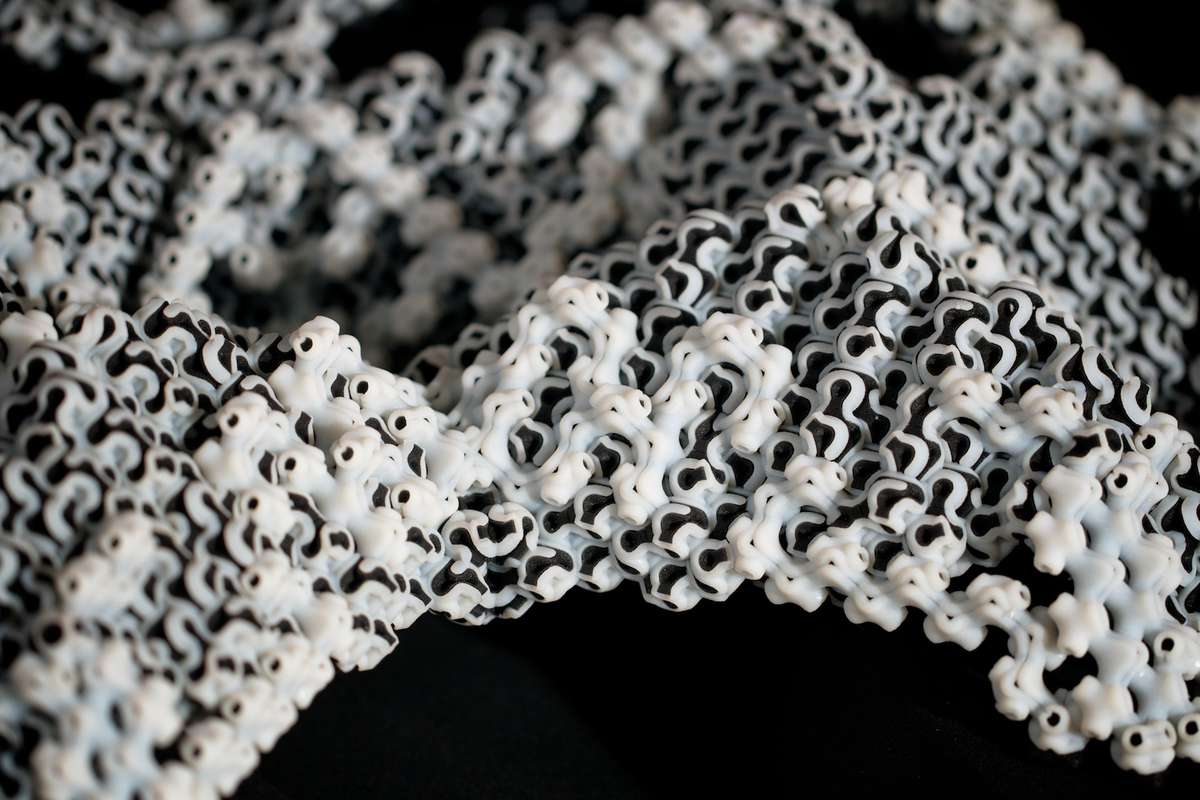
Plethora project (Jose Sanchez), Polyomino, 2014 (c)Plethora project
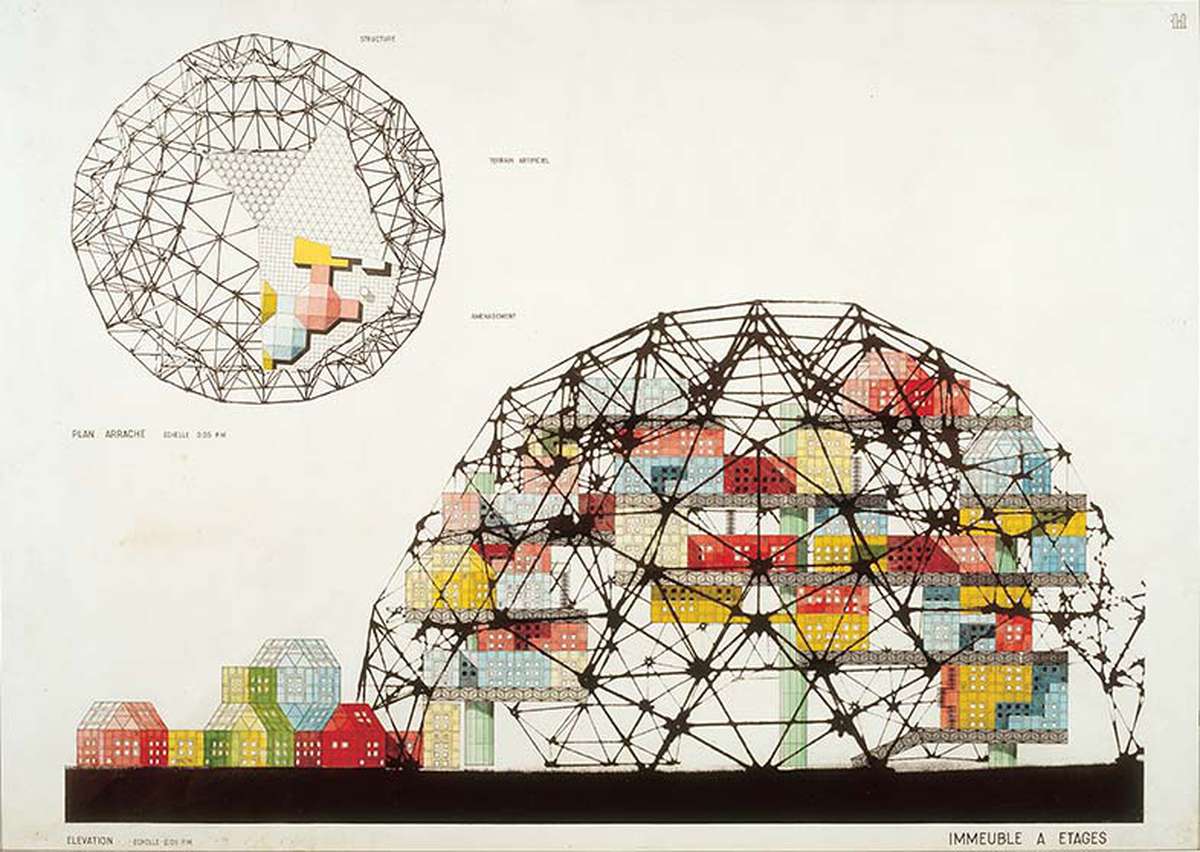
David Georges Emmerich, Agglomération (sous une coupole stéréométrique), 1958-1960, Collection Frac Centre-Val de Loire
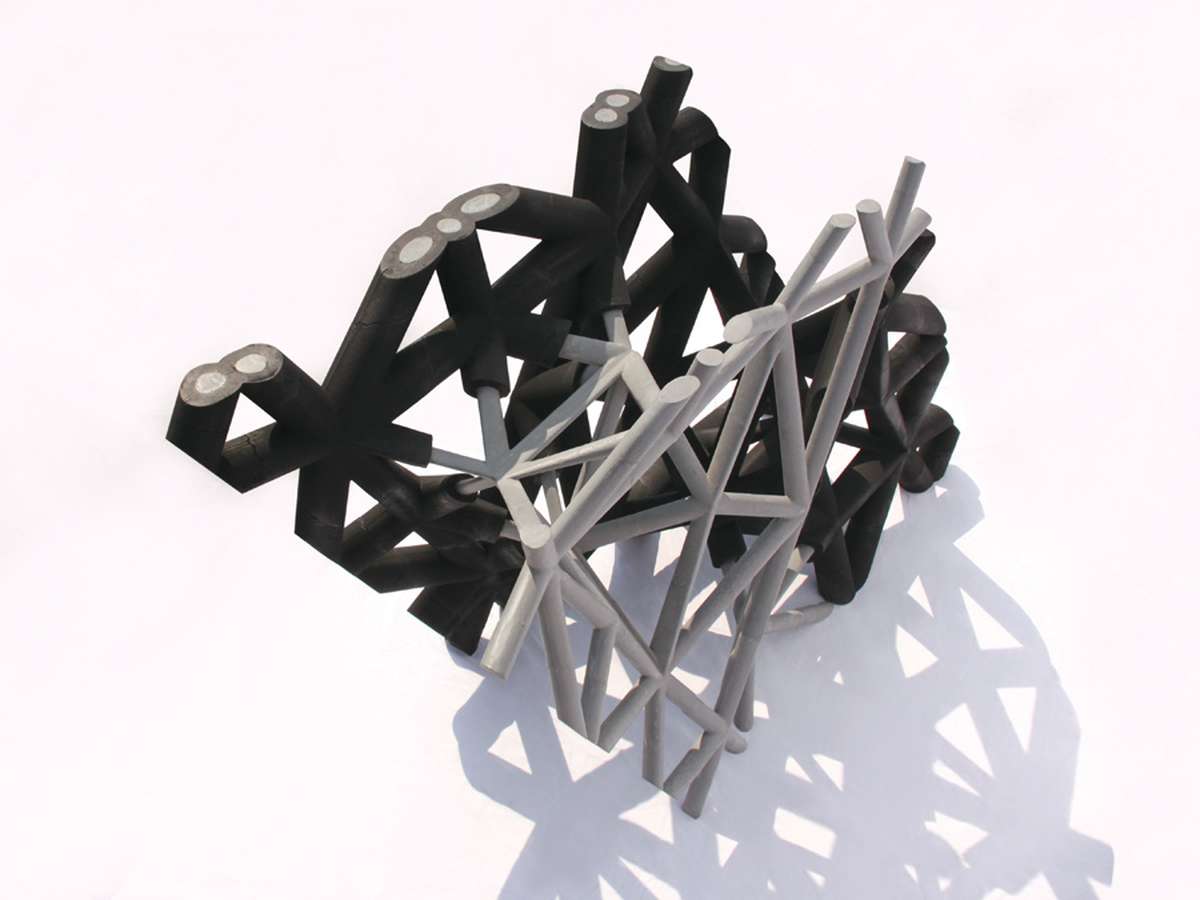
EZCT, Studies in Recursive Lattices, 2013 (c)EZCT
Black Swans
Black Swans

The 20th Century positivistic belief in progress is long-gone, and with it the prescriptive models offered by avant-garde, modernity, and post WW2 “prospective and futurologic” projects (Ragon). Today, only private companies still exploit the idea of future and, as Cisco, propose to “bring the future to life” in neo-cybernetic urban totalities. How can architecture still invent, in a time when the notion of prediction is at the heart of our “algorithmic governmentality”, ruling the financial and socio-political fields? By bridging historic experiences of auto-construction and prefabrication with today’s crowd-sourcing and combinatorial logics, coupled with additive and robotic fabrication, designers may explore the potential of indeterminacy. They can develop tools, methods and critical apparatuses that enable rather than predict and allow for unexpected novelty (an architectural black swan); systems opened to hyper-local customization may thus reinstitute decision over prescription.
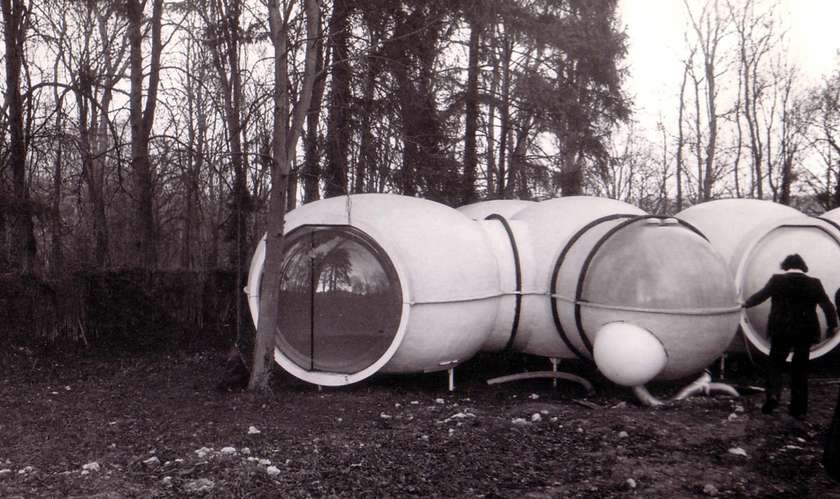
Pascal Haüsermann, Domobiles, 1971
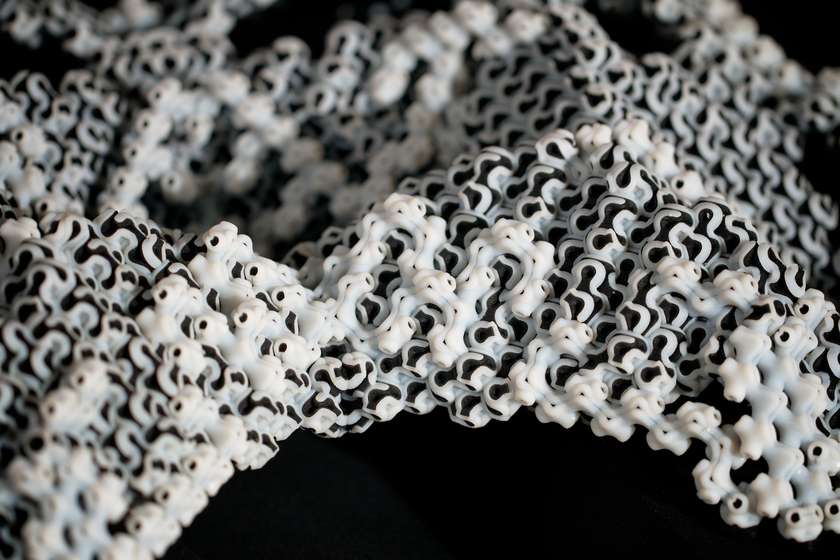
Plethora project (Jose Sanchez), Polyomino, 2014 (c)Plethora project
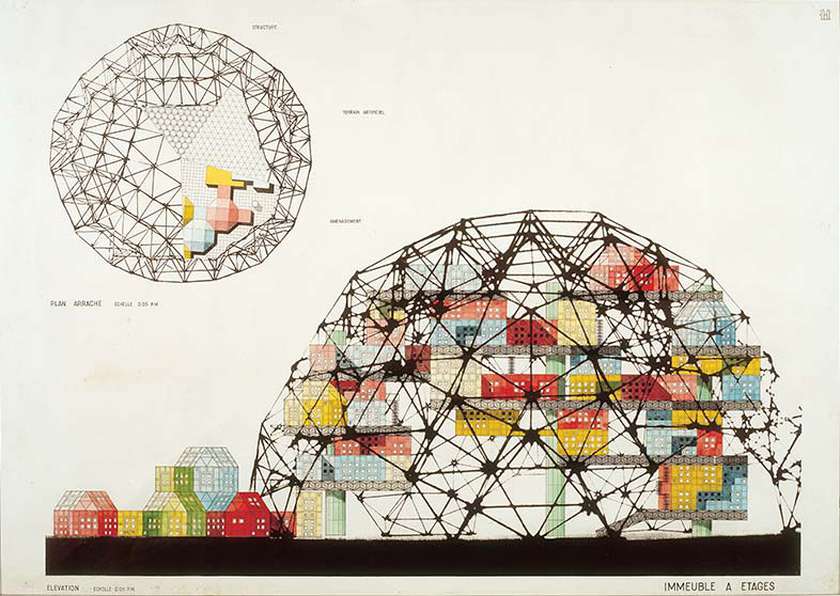
David Georges Emmerich, Agglomération (sous une coupole stéréométrique), 1958-1960, Collection Frac Centre-Val de Loire
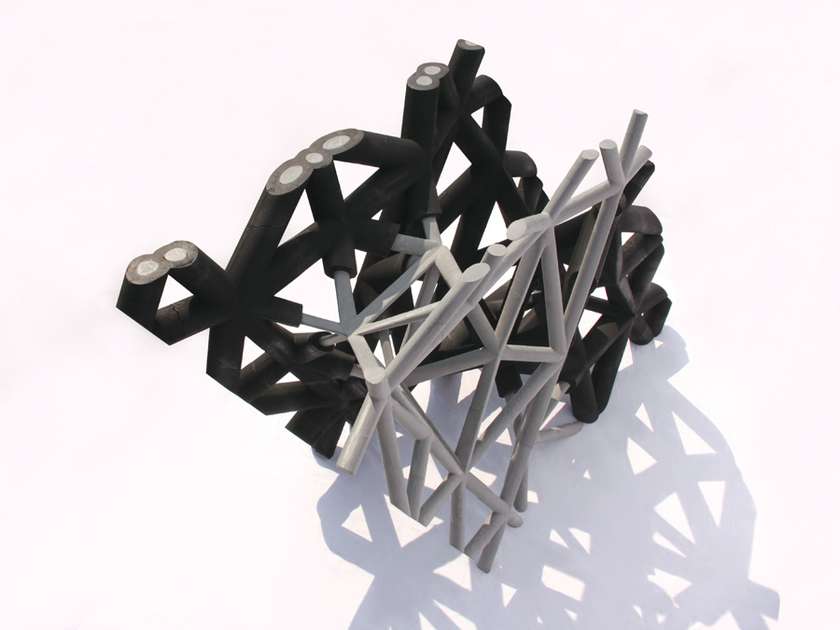
EZCT, Studies in Recursive Lattices, 2013 (c)EZCT